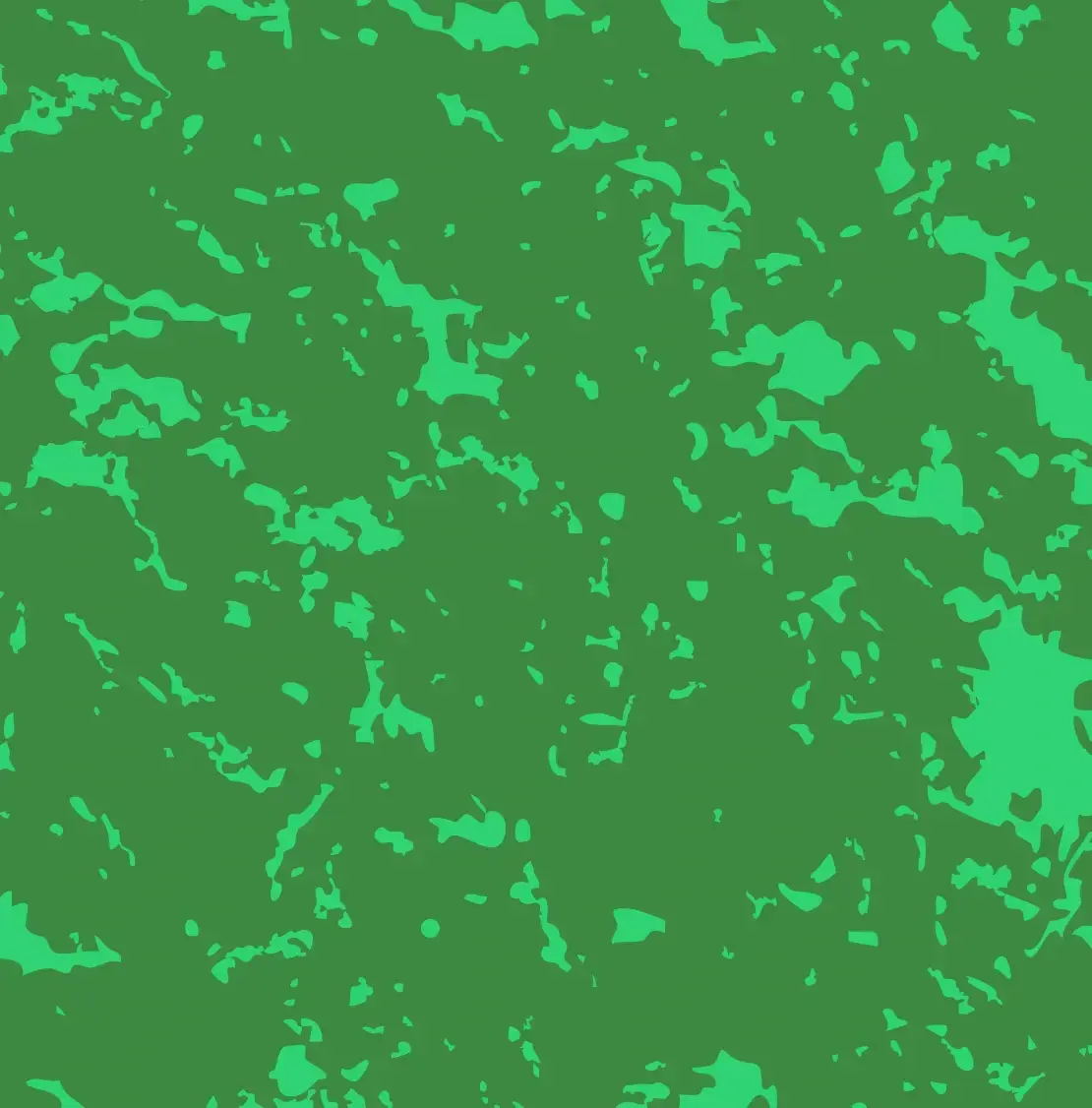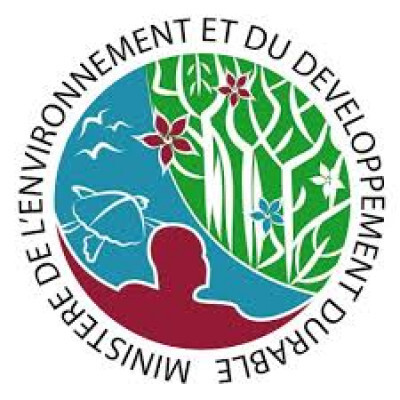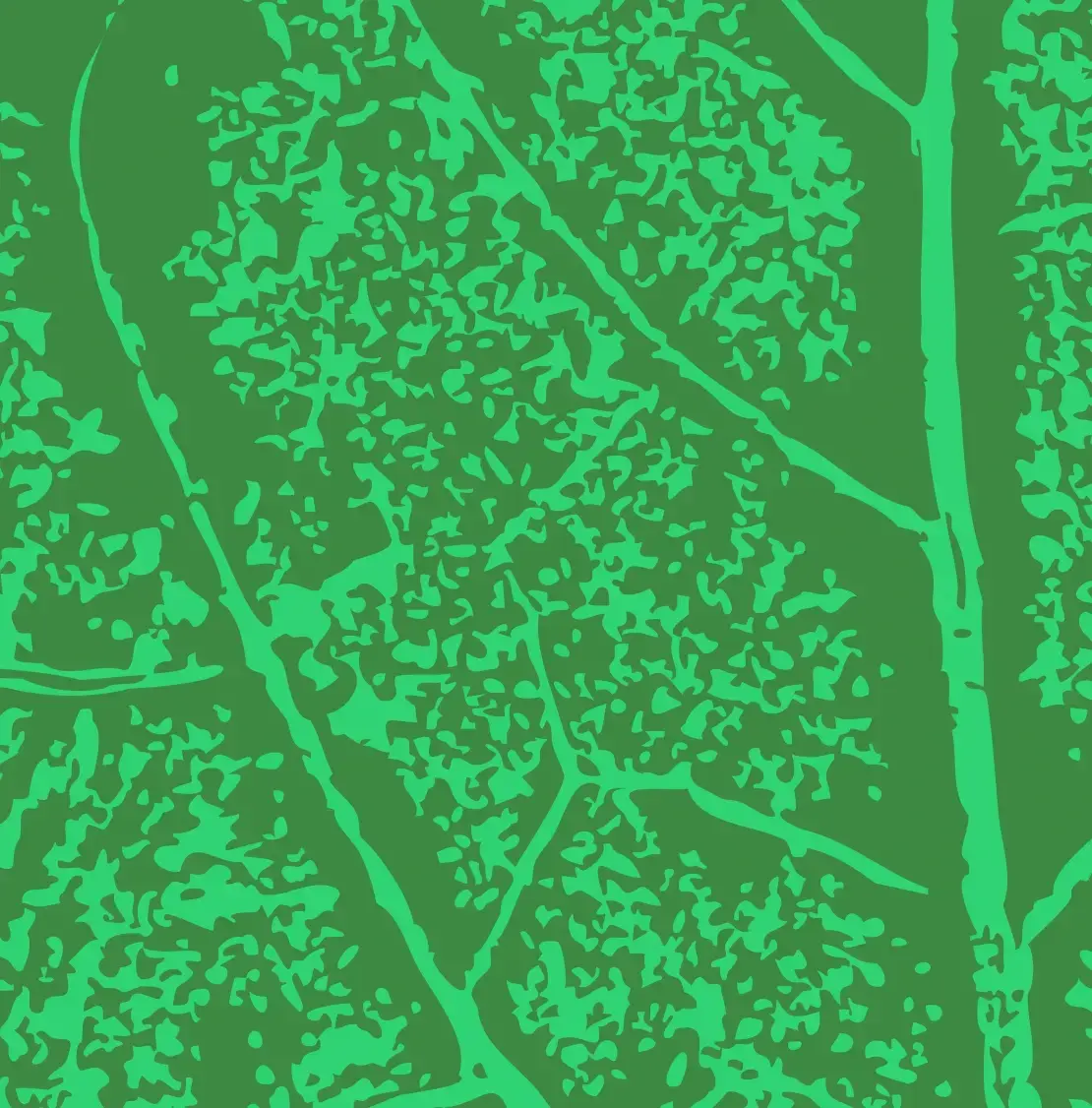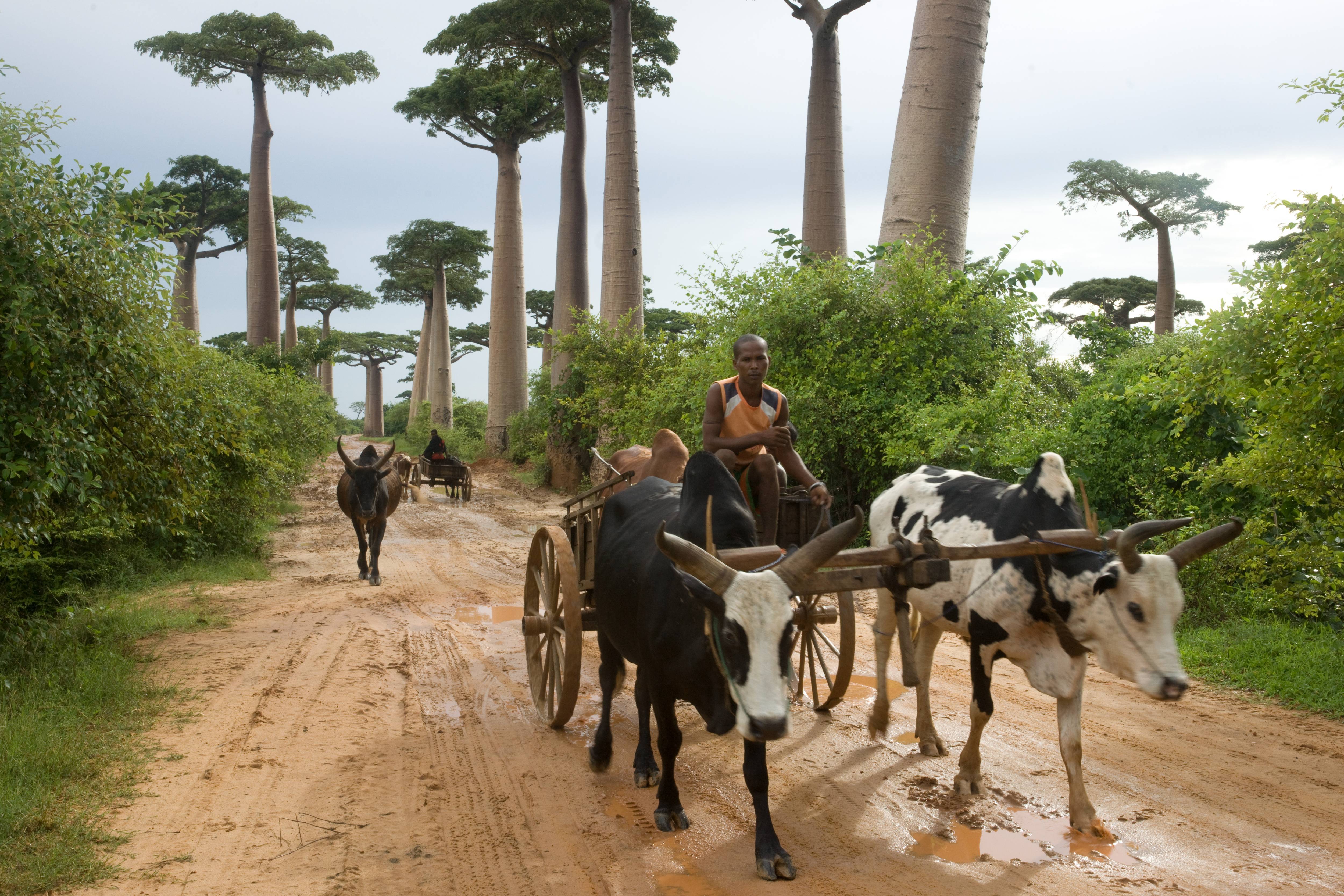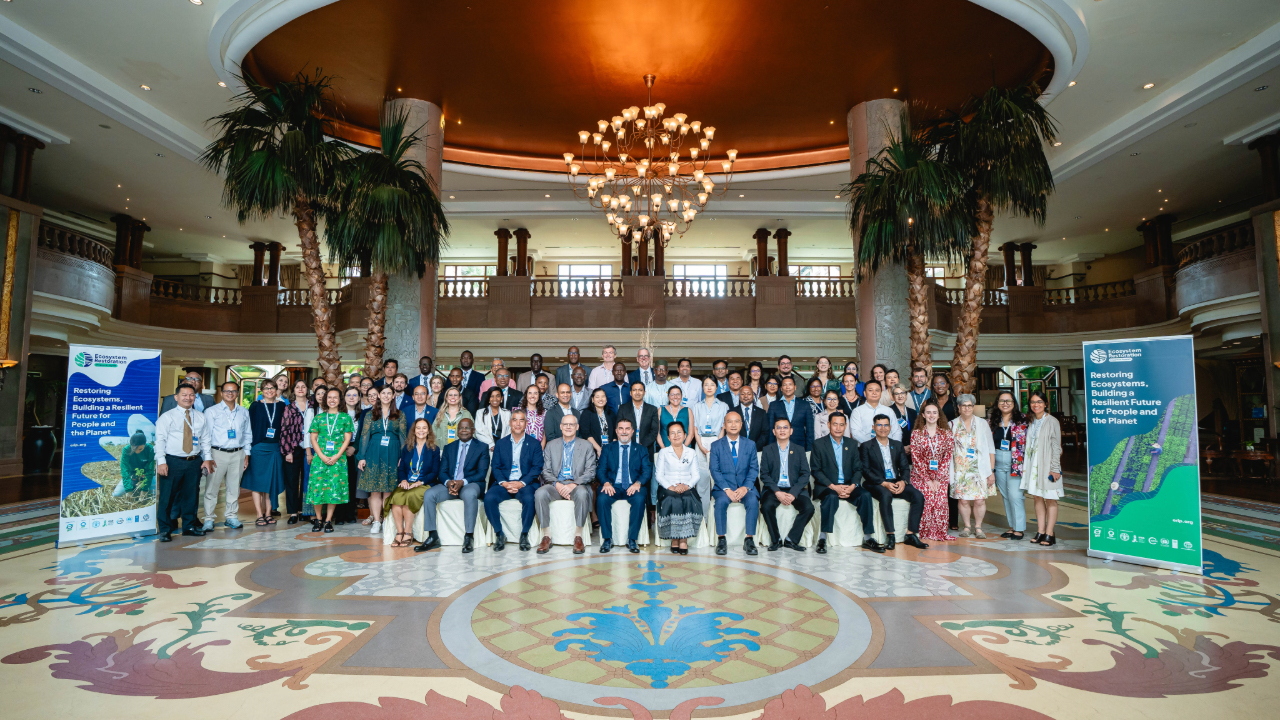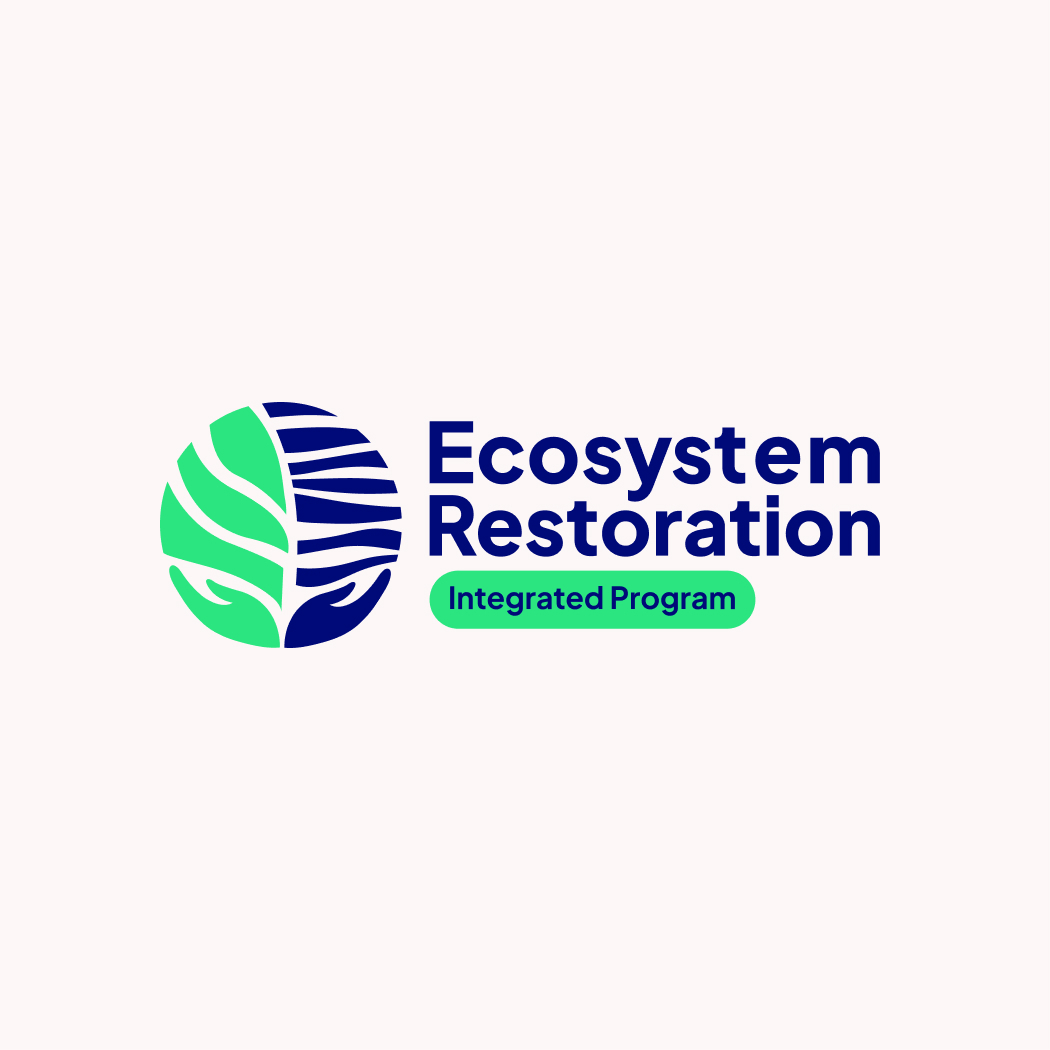Restoration Ambition
The project in Madagascar is designed to restore and sustainably manage a variety of ecosystems, with a focus on rainforests, secondary forests, and other critical landscapes. It supports both national and global restoration goals by enhancing biodiversity, improving land use, and promoting sustainable practices.
To achieve this, the project will engage in national and regional multistakeholder forums to lead large-scale restoration efforts, while also updating policies, regulations, and guidelines to support effective planning and funding. A national information system will be developed to monitor restoration impacts, alongside the creation of a research and innovation hub focused on locally adapted restoration practices.
The project will demonstrate both active and passive restoration methods in national parks and protected areas, promote sustainable agriculture to combat land degradation, and build a strong case for restoration financing through partnerships with the private sector.
A comprehensive monitoring and evaluation system will track progress, and a communication strategy will help share knowledge and lessons learned. By restoring diverse ecosystems and encouraging sustainable land management, the project aims to build ecosystem resilience and improve livelihoods for communities across Madagascar.
Photo credit: © Cristina Mittermeier
